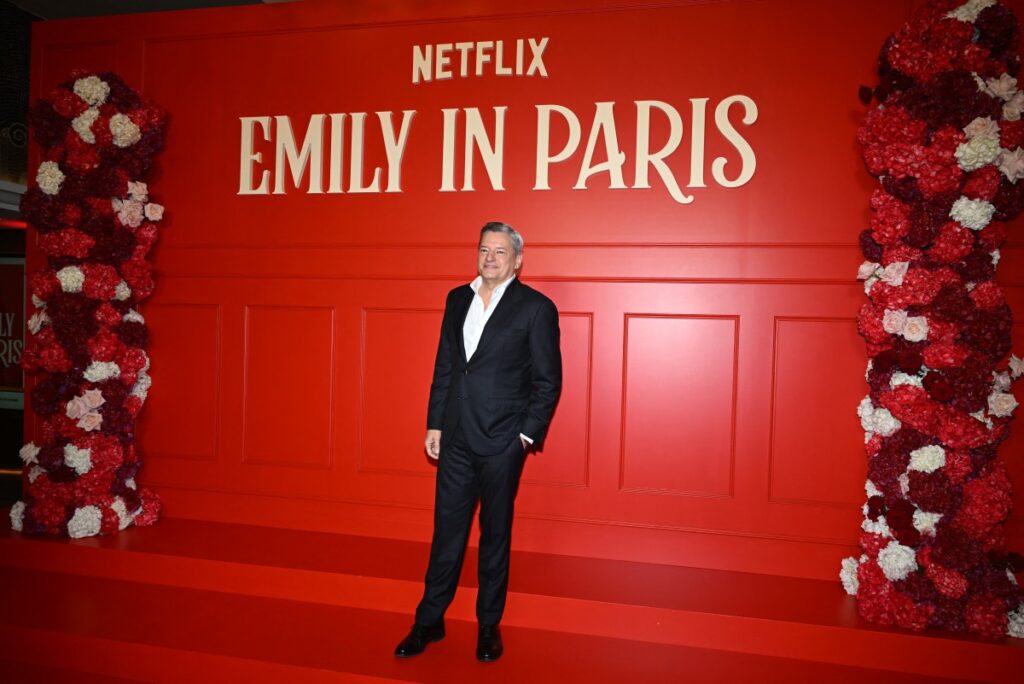The story so far…
The one factor that has been constant in the last decade is the changing dynamic of “marketing” as a function. The Middle East, when compared to other parts of the world, was always considered to be an “execution market.” Although the region is a melting pot of different cultures and identities, marketeers were not necessarily given as much autonomy as you may think to create their own concepts/campaigns. The need of that hour was marketeers who worked well with a global outlook, in conjunction with their international teams to translate global messaging in local markets – and this worked because the region was simultaneously seeing an increase in per capita income, with advancements in technology, and consumers (which includes a growing expat population) fairly well-exposed to the campaign many global brands.
We then saw a shift towards companies trying to build a balance between global brands and creating local variations. With the emergence of strong regional or local brands led by talented marketeers who were able to leverage nostalgia, a sense of local pride, and cheaper cost in some instances thanks to localized production, other marketeers realized that there was actual competition on the ground and that they had to be more in tune with the consumer instead of being just brand-oriented.
With the number of variations in products/services being offered, we saw a rise of the consumer-oriented marketeer, one who was metaphorically on the ground, understood emerging consumer sentiments, and tried to balance global guidelines with local insights. We see this everywhere: for example, perfume companies incorporating oud as a scent in their portfolio; global FMCG companies like Henkel (a German multinational creating Persil Black for abayas), Australian giant SunRice (a rice company competing heavily with Indian brands developing a range of basmati rice), the acquisition of Careem by Uber, and the list goes on.
The new-age marketeer
My findings this year, on the back of speaking to over 200 marketing professionals, is the emergence of marketing as a growth function. In an increasingly digital world, though the function has been evolving for the past few years, the transformation was truly instigated with the outbreak of Covid-19.
- Marketing, in a lot of industries, is starting to gain its true value for what it is, which in its simplest of forms is wanting more people to buy more of your products rather than just pushing an agenda. In the past, a lot of companies failed to track the quantitative value generated by the marketing team instead of focusing mainly on qualitative data. The new marketeer is someone who is able to build the right message externally whilst also tracking the performance of the brand and adapting its positioning, countering the fast pace at which demands change.
- The new marketeer is one who sits in the middle of a cross-functional organization and takes control of how to get the maximum investment of time and energy internally by building and driving alliances with other functions, ensuring that internally they are doing their best so that, externally, the marketeer can focus on the rest.
- The term 'fluff' is no longer associated with marketing, with marketeers being more commercially-driven than ever, in many cases the gatekeepers of advertising budgets, promotion budgets, trade spends and even the P&L of the brands. They are the tour de force behind building dynamic strategies, ensuring their product/brand or business is constantly evolving to adapt with the times, pandemic or not!
- The new marketeer is prudent, with clarity over how much to spend on driving brand equity vs sales or when to hold back altogether and be shrewd and creative when launching campaigns.
- Due to shifting consumer trends instigated by the reduction in household income, change in employment status, etc., we’ve already seen a widespread shift in consumer behaviors and one of the most efficient ways to understand these behaviors and act on them accordingly is to scrape through data, insights, and research. Now more than ever, data is king and the new marketeer will rely more on an analytical led approach to marketing.
Opinions in the piece belong to the author






